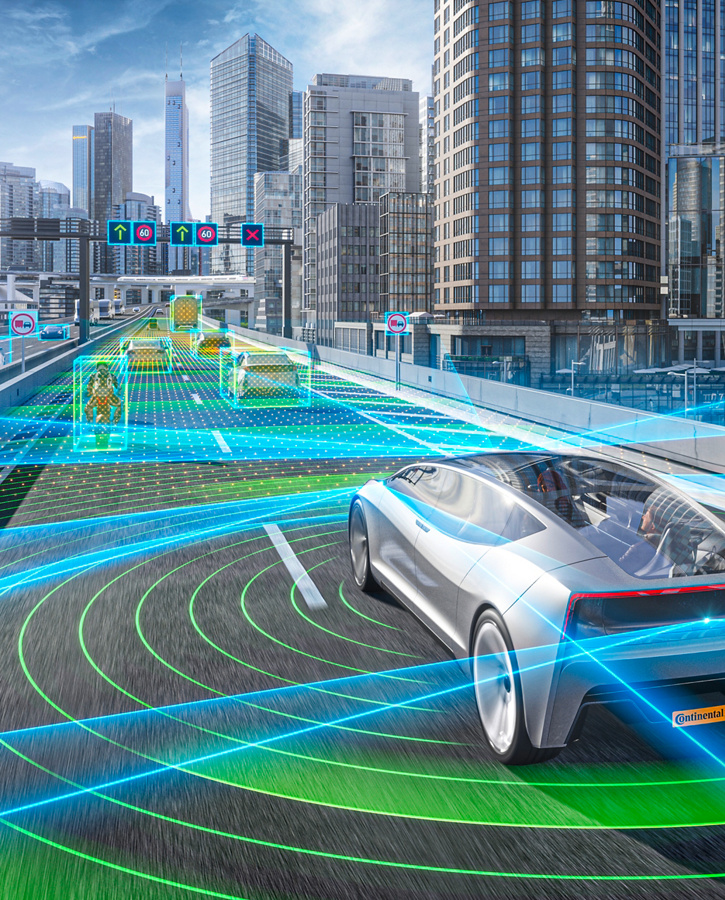Car makers are racing to bring the best advanced driver assistance systems (ADAS) and automated driving (AD) solutions to market, and 4D imaging radars are front and center. However, when technologies appear overzealous claims are quick to follow. What challenges do a higher number of channels solve? Does such a solution have any drawbacks? Do you need 2000+ channels for higher levels of automation?
Radars have been a mainstay of ADAS and automated driving since the earliest days. Of course, radars are constantly evolving to meet the demands of ever more complex driving situations. Traditional automotive radars supplied three dimensional measurements. This included the relative speed of objects and their location on the radar’s detection horizon (azimuth).
These measurements are enough for a host of driver assistance (e.g., adaptive cruise control, ACC) and active safety features (e.g., automatic emergency braking, AEB). Such functions have already made roads around the world more comfortable, safer, and saved thousands of lives.
However, to safely increase driving automation, automated systems need more accurate data and more of it. Thus, the 4D imaging radar was born. 4D because they add a new measurement, elevation angle, into the mix. Imaging, because their high-density point clouds reconstruct a more detailed image of their surroundings than traditional radars.
The need for 4D imaging radars for level 3 automation and higher is widely acknowledged in the automotive industry. However, the devil’s in the details. 4D radars come in many shapes and sizes, all have their benefits and drawbacks.
Many suppliers have drastically improved the resolution of their current radar generation by increasing the number of channels their radars emit, to over 2000. Some other suppliers, have followed the alternative path, increasing channel count gradually, nearing only 300 channels now, to balance performance and costs. Both methods result in 4D imaging radars that can enable high levels of automation. So how can OEMs make the most of 4D imaging radars, without ballooning costs and development complexity?


